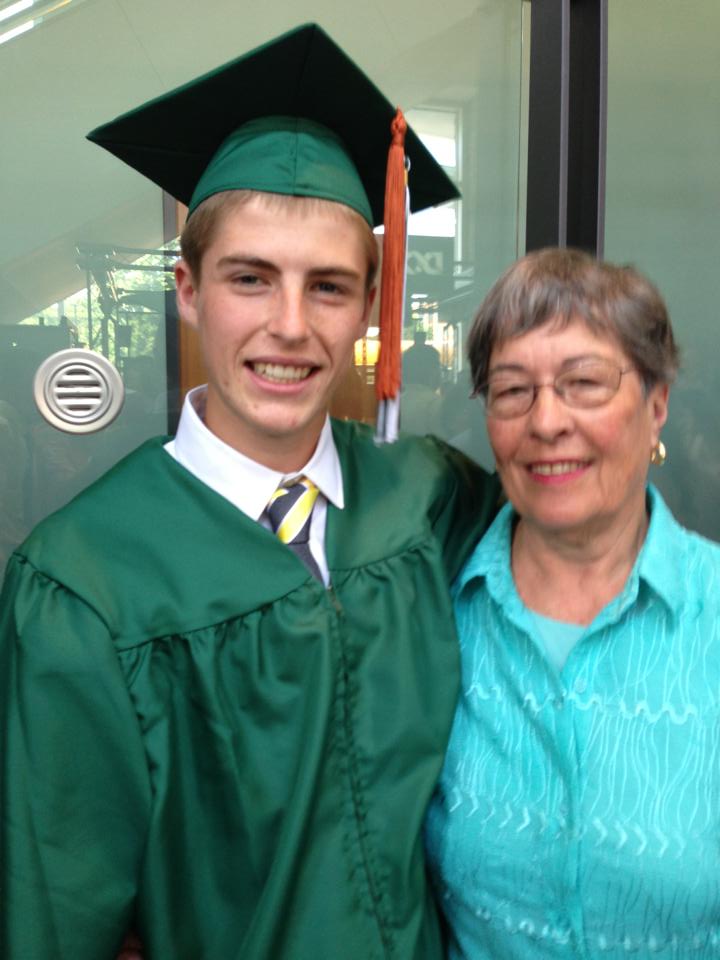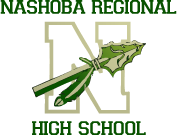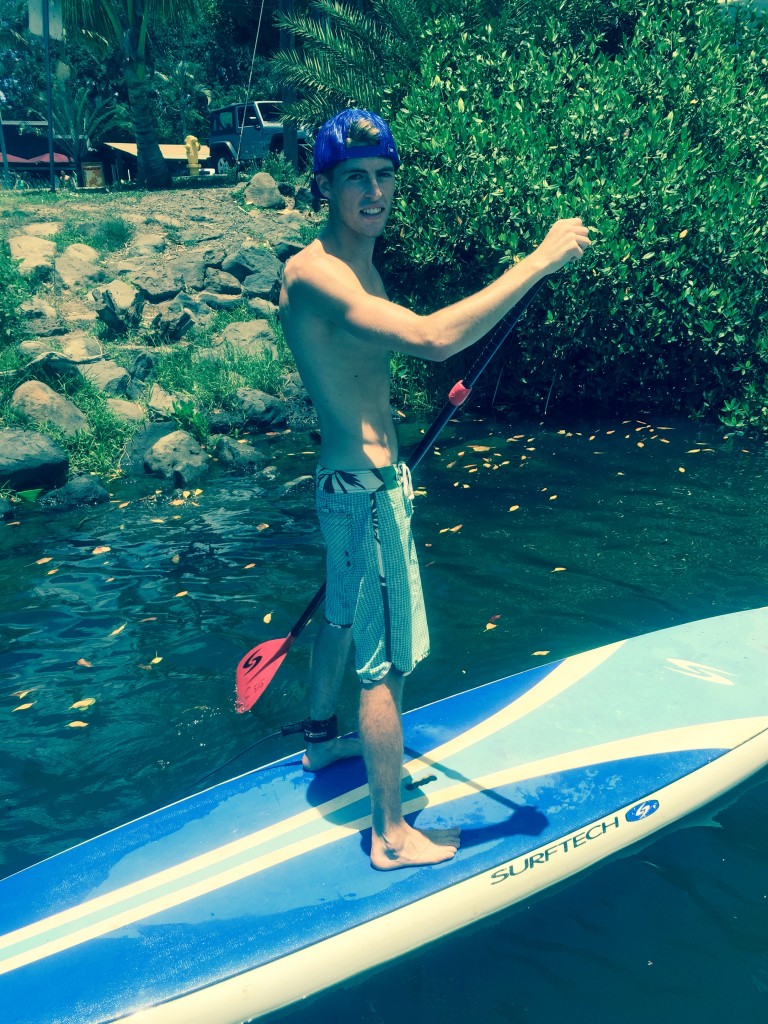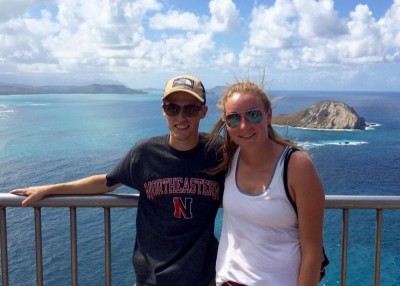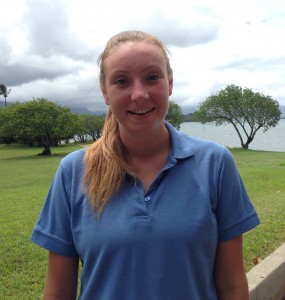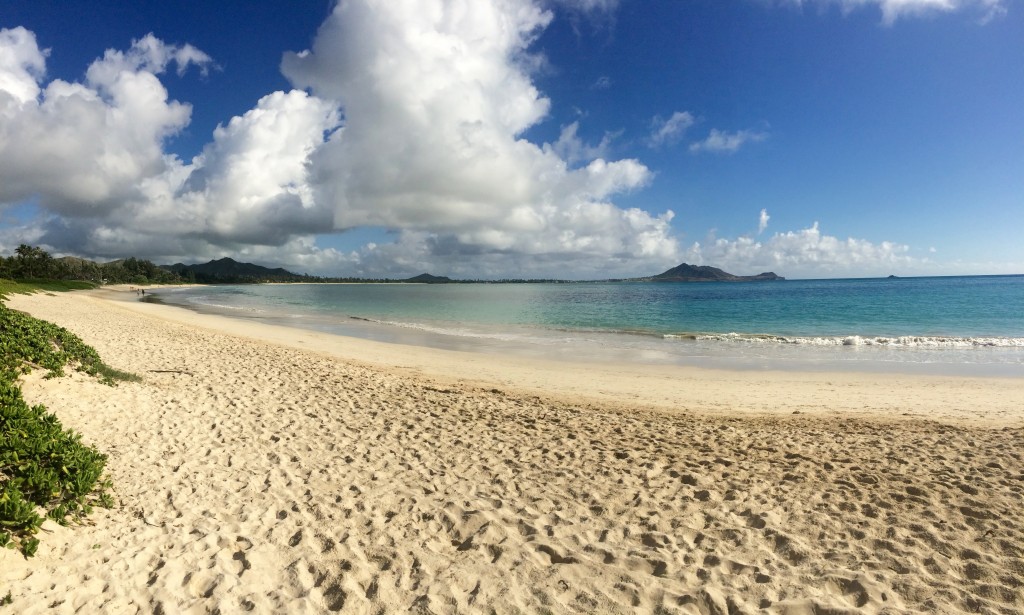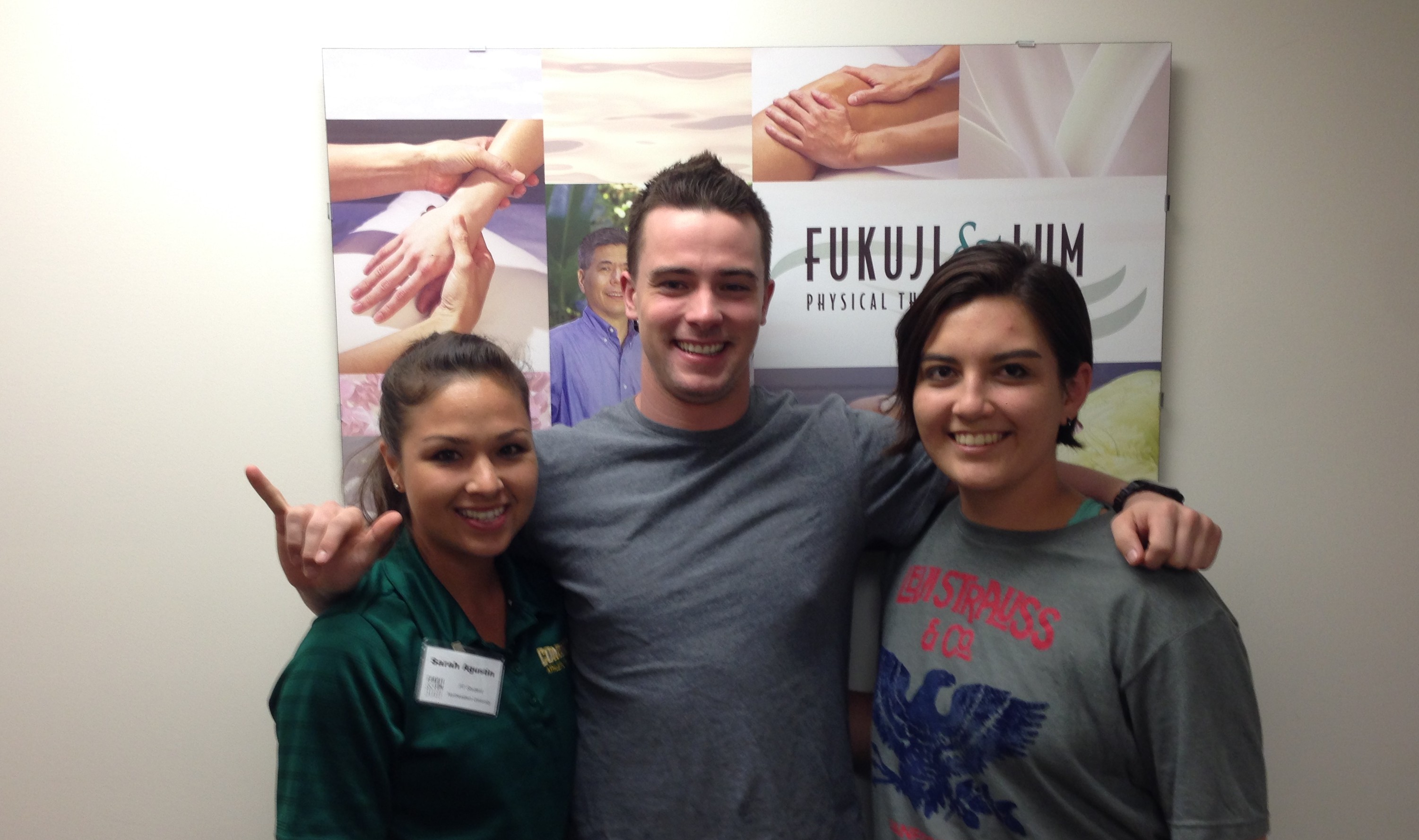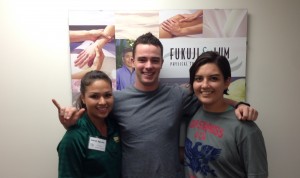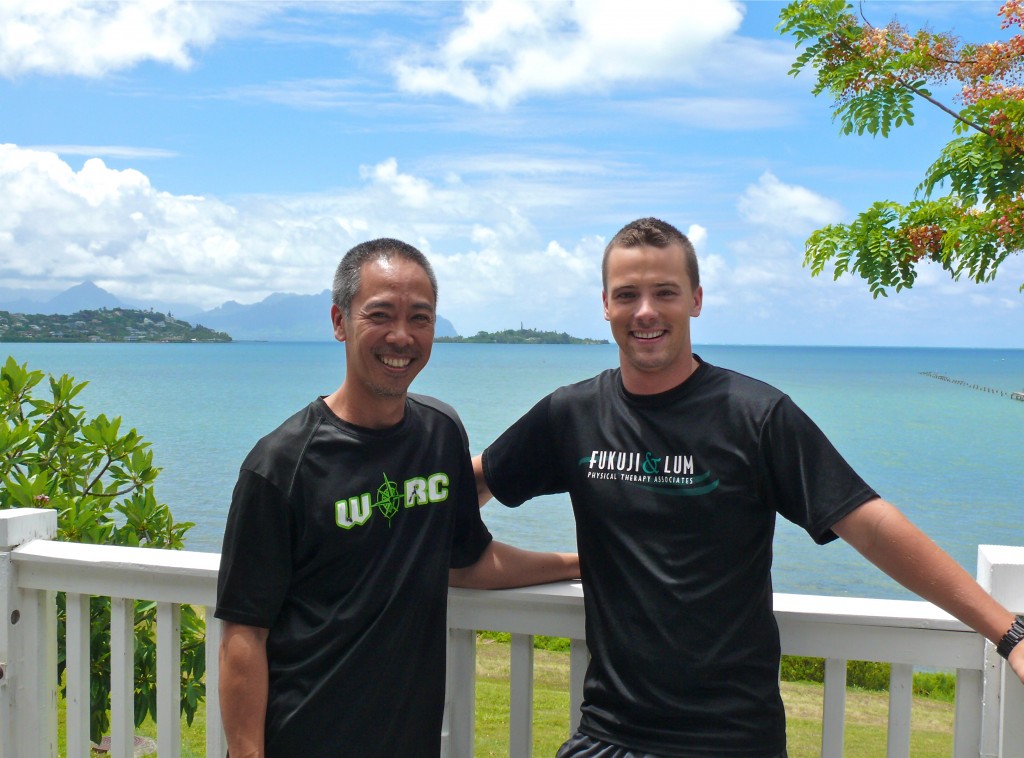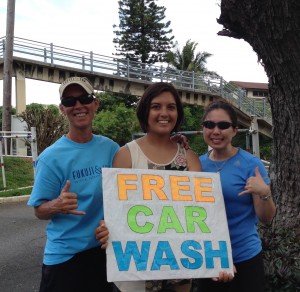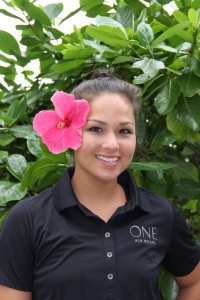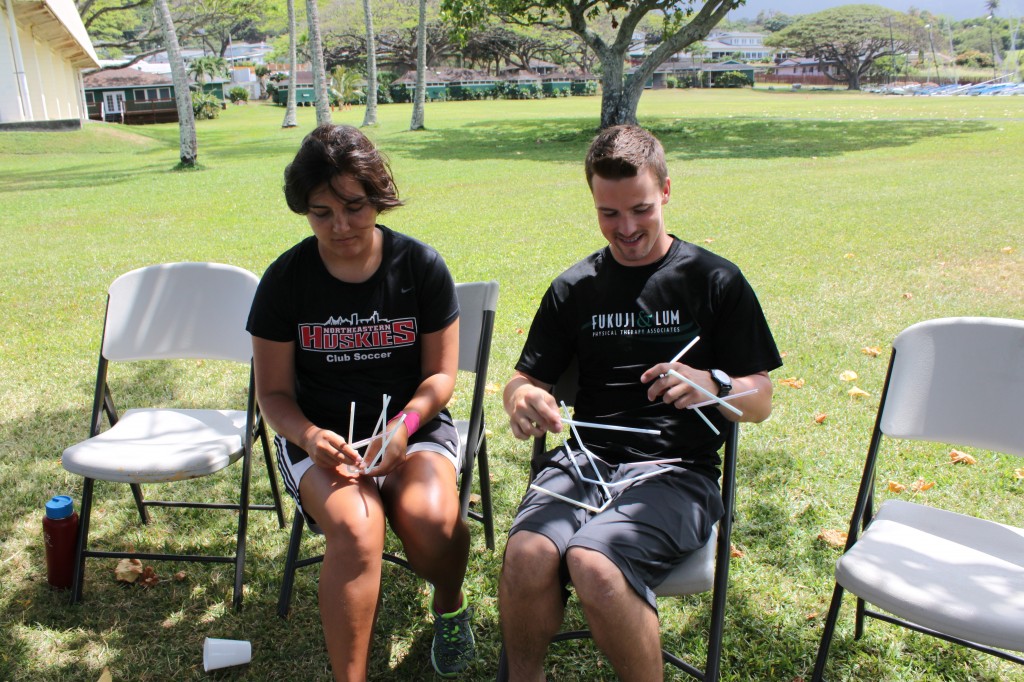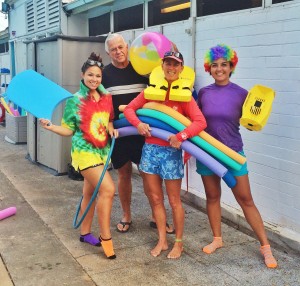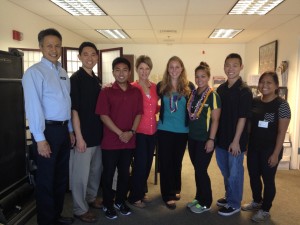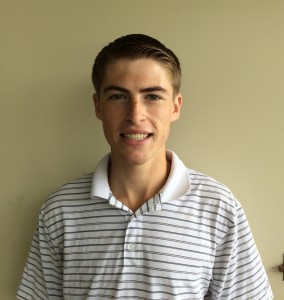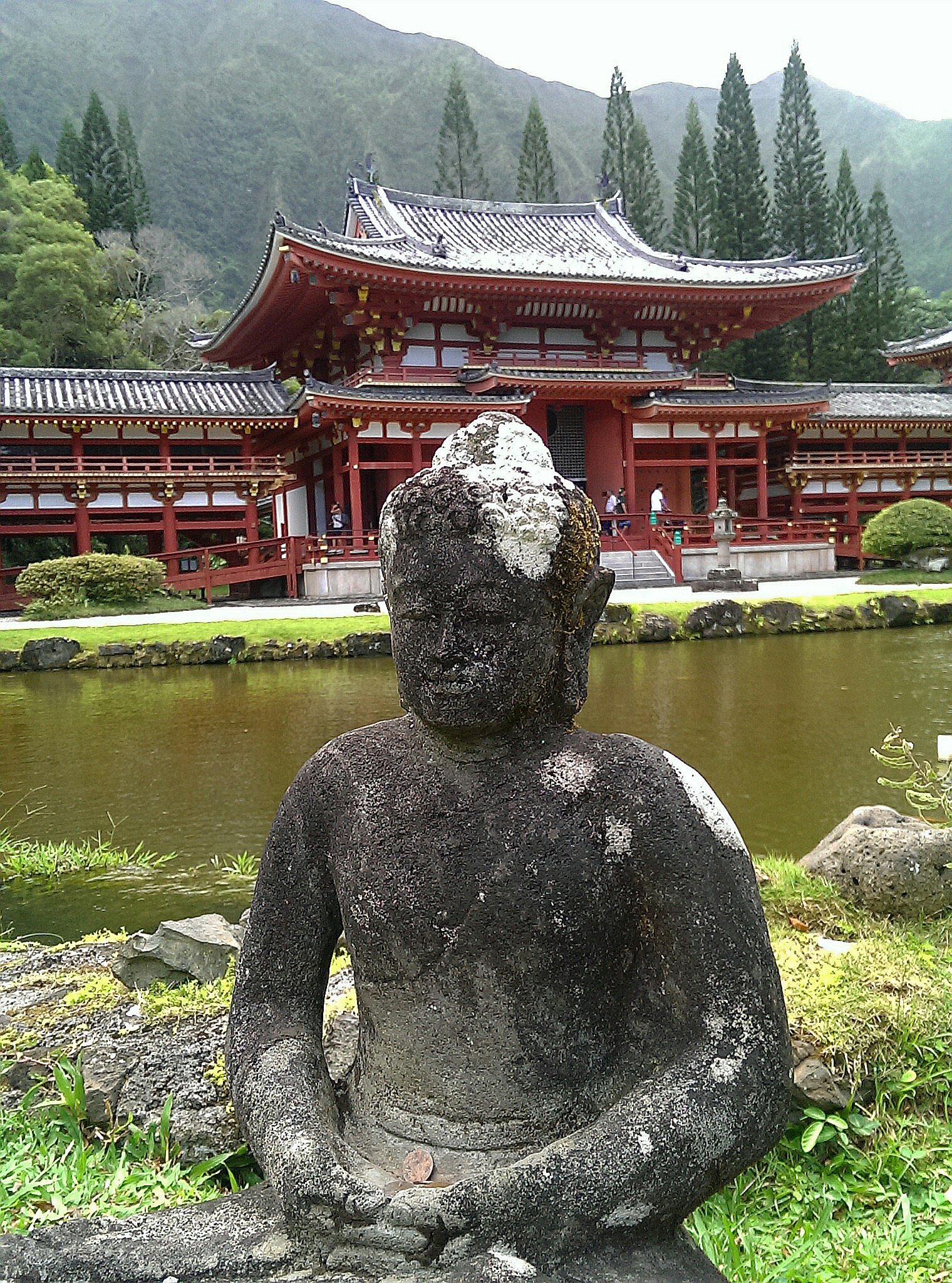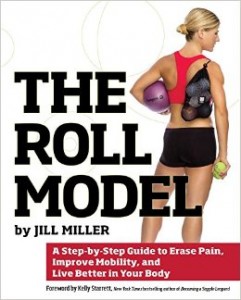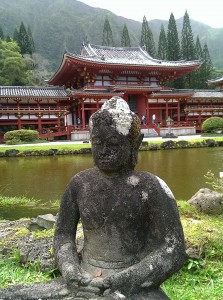Meet the NE(U)w Co-Ops Part 2
Aloha & Welcome Connor!
[one_half]
Connor Pokorney is one of two new co-ops from Northeastern University that will be with us for the next six months. He joins Victoria Ruvolo as the newest members of the family. We asked Conner to tell us a little about himself and why he is interested in the physical therapy field.
What school did you attend in high school and what’s your current college?
I graduated from Nashoba Regional High School, in Bolton, MA and am currently attending Northeastern University.
[/one_half]
[one_half_last]
[/one_half_last]
What drew you to physical therapy?
I have always been interested in the medical professions and was originally drawn to physical therapy by its connection to athletics. I also enjoy the aspect of helping others help themselves to recover and get back to performing their day-to-day tasks and participating in whatever they are passionate about.
[one_half]


[/one_half]
[one_half_last]
Why did you want to do your co-op in Hawaii?
I wanted to come to Hawaii to experience a culture and environment different from that of New England. I loved where I grew up, but was eager to see what else the world has to offer. Living in Hawaii allows me to do things that I love like hiking, kayaking, and golfing in a new environment, while also trying new foods, and embracing the diverse cultures here.
What has been your experience like so far?
My experience has been incredible, so far. I’ve already been to several beaches and been hiking and kayaking. I got to enjoy the 4th of July at Kailua Beach and have tried lots of new foods.
What’s the strangest thing that you’ve eaten since arriving?
I tried paiai at the farmer’s market.
[/one_half_last]
What is on your to do list while here?
While in Hawaii I hope to attend a luau, watch a surf competition on the North Shore, go rock climbing, try surfing, snorkeling, and stand up paddle boarding.
What are your outside interests?
My biggest interests outdoors are rock climbing and backpacking, but I also really enjoy kayaking and canoeing.
What kind of therapist do you hope to be?
I hope to be a therapist that can motivate patients and instill a sense of positivity during their rehab. I want patients to be able to rely on themselves as much as they can rely on me to get them better.
Who is your greatest influence in your life?
The greatest influence in my life has been my grandmother. She has worked as a physical therapist her entire career and has traveled the world, visiting all seven continents. Hearing stories about her work and the gifts she brings back from across the world has inspired me to both study physical therapy and to travel; the two reasons why I am co-oping here at Fukuji & Lum.
